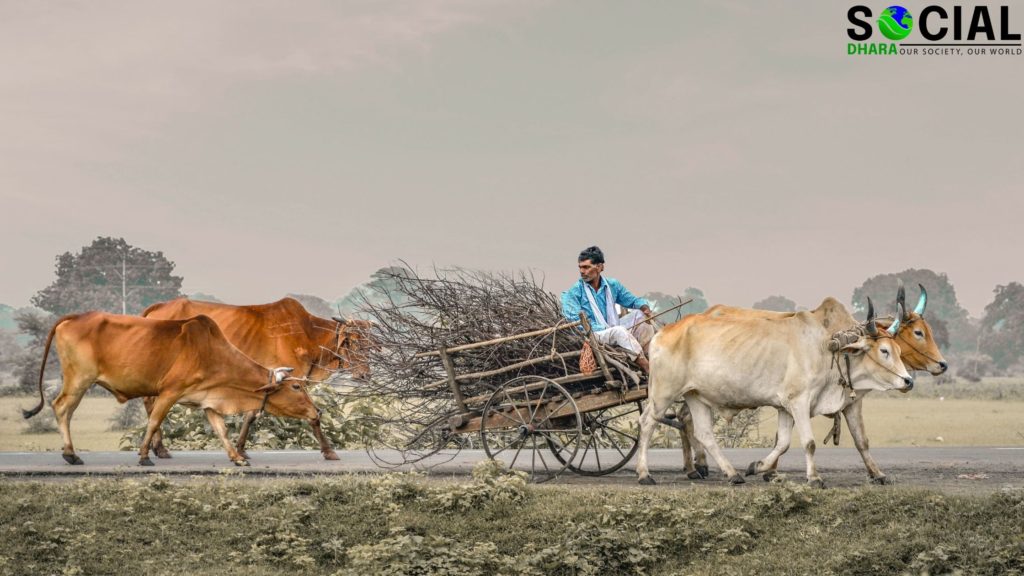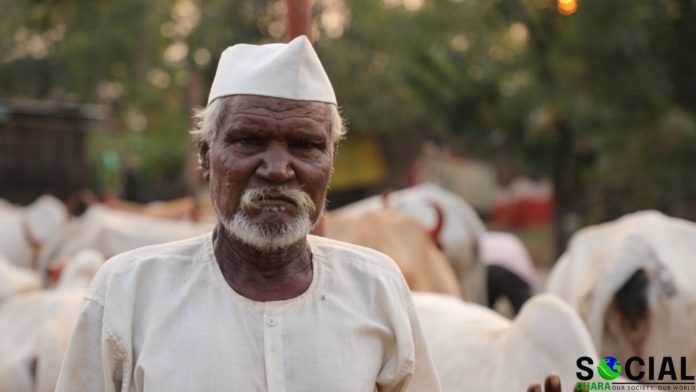Farmer suicides in India refers to the national extermination of farmers committing suicide since the 1970s. India is a agricultural country with around 70% of its individual expecting directly or indirectly upon agriculture. But farmer’s suicides in India is worrying.
Historical records linked to disappointment, revolts, and high mortality rates among farmers in India, especially cash crop farmers, date back to the 19th century. Still, suicides due to the same were rare. The high land taxes of the 1870s, payable in cash effortless of the effects of productivity, mixed with colonial protection of usury, money lenders, and landowner laws, contributed to extensive penury and frustration among cotton and other farmers, ultimately leading to the Deccan Riots of the 1875-1877.
Reasons behind Farmers’ Suicides in India
Scholars have given several reasons such as monsoon failure, climate change, high loan burdens, government policies, mental health, personal problems and family issues among the explanations for farmers’ suicides in India.
- A general cause of farmers’ suicides in India has been the improving load on the farmers due to increased prices of agricultural inputs. The vertex of these evidence is seen in the overall increase in the cost of farming, for wheat, the expense at present is three times than it was in 2005.
- Be it the fertilizes, crop security chemicals or even the seeds for farming, farming has become costly for the already indebted farmers.
- The intake expenses, moreover, aren’t limited to the essential raw materials. Using agricultural equipment and machinery like tractors, submersible pumps adds to the already surging expense. Besides, there secondary inputs have themselves become less accessible for the small and marginal farmers.
- However, hiring laborers and animals is getting expensive too. While this may devise an improvement in the socio-economic phase of the laborers, driven firstly by MGNERGA and hike in least primary income, this has not gone too well with increasing the agriculture sector.
- The accumulation of these suicides in the water-deficit areas of states like Karnataka, Maharashtra is a demonstration of how the water issues and thereby failure to meet production demands have increase the menace. This is especially true in the soil surface of continued failed monsoons.
- Climate change has worked as the last spike in the coffin by occurring in furthering of the uncertainties connect with the already uncertain monsoon policy and hence agricultural production. While events like flash floods have led to crop losses, delayed monsoons have seen output shortfall year-in and year-out.
- In essence, the facts sum up to crop failure, unsustainable manufacture and subsequent farmer obligation leading to failure of strengthening the economic situation of the farmer as the driving stress behind these suicides.
Socio-economic Factors

Farming in India is a financially perilous occupation with the yearly farm income topic to many uncertainties. Farm work affects physical tension and can even be physically dangerous. There is psychological tension connect with coping with the regulatory framework and the energetic of managing a farm business. The biggest risks, however, are economic in substance.
More than 80% of Indian farmers have land assets below two hectares. This elements and small land holding makes agriculture a unsafe economical motion even under the best of situations. In reality, the situations are barely anywhere near best. The smallness of the holding immediately denies the farmers the advantages of mechanization, modern irrigation, and other investment-based technological developments. As a result, productivity is sub-optimal.
The uncertain, reducing pattern of rainfall over India adversely influences the farm output. Other climatic vagaries, such as torrent, can cause substantial crop destruction. Relocation from villages to towns and cities has reduced the availability of labor and enhanced its expenses.
The profit earned from crops confides on the current market problems, the greed of middlemen, the organisation of selling the produce, and other facts. Often, the government-administered at minimum support price (MSP) may not even lid the cost of output. Thus, the MSP is not enough when loan servicing is brought into the association, and the problem worsens in the reference of crop failure for whatever justification.
Farmers are then grab in debt traps. They require money to aid their loans, collection for the next agricultural season, and help their family. Hence, they take fresh loans. The loan cycle intensify. Loan rehab methods may be initiated, and these are often unethically aggressive in nature, even bordering on the criminal.
Also read: Poverty: The Real Pandemic
There has been a obvious shift toward cash crops after economic observable. There is, also, an improved usage of costly, commercial hybrid seeds in place of inexpensive and hardier home-grown ones. Farmers in this part are mostly susceptible to financial risks related with the vagaries of nature and of the farming market; they are also accessible to corporate control. Studies implies that more than 70% of farmer suicide cases occur among those committed in cash crops, sending debt, hyper commercialization, erupting input costs, water use patterns, and price motility to the fore.
What are the Solutions?
As a promoters, farmers need to be conserved from falling into the tangle of the spiraling loan, which is the major danger factor for suicide. For this, farming must be guarded from failure and made successful. Eventual policy actions are listed below; these are not in any certain order, and preferences would depend on situations.

- Small and borderline farmers should be promoted to pool their farmland to leverage the benefits related with more land holdings, such as the utilization of unique and mechanized farming techniques
- Water supply for watering must be separated from the vagaries of nature by better water administration systems; awareness must especially be paid to rainwater harvesting and finding of interstate river water sharing conflicts
- Farmers must certainly be educated about modern farming techniques and exercise
- Younger experts must be encouraged to engage in farming activities
- Farm debts at soft interest taxes need to be made usable, and loan recovery procedures need to honors human rights; farmers should be dispirit from dealing with particular money lenders
- Financially inefficient spending arising from useless and even harmful social practices must be discouraged; this contains matters ranging from alcohol use to dowry prizes and large wedding gifts. Savings should be simulated, and saving instruments should be arranged for the farming community
- Extensive but accessible insurance schemes should be made achievable, covering farmers and crops from issues at every phase of the crop cycle. There should be a short, simple, and corruption-free perspective to crop destruction examination with disbursement of relief directly into the claimant’s bank account
- It is more significant to address the base cause of the issue as a step toward primary prevention. Awareness should be directed on the improvement of an all-encompassing relief strategy after consulting farmers and farmer actions, and after deeming the suggestions of government councils such as the PK Mishra Committee and others Readers have only to scan through proceeding news reports and editorials that figure the problem.
Also read: Managing Mental Health during COVID-19


